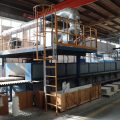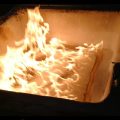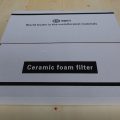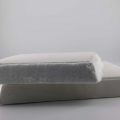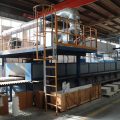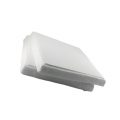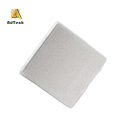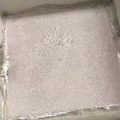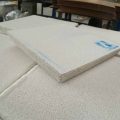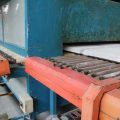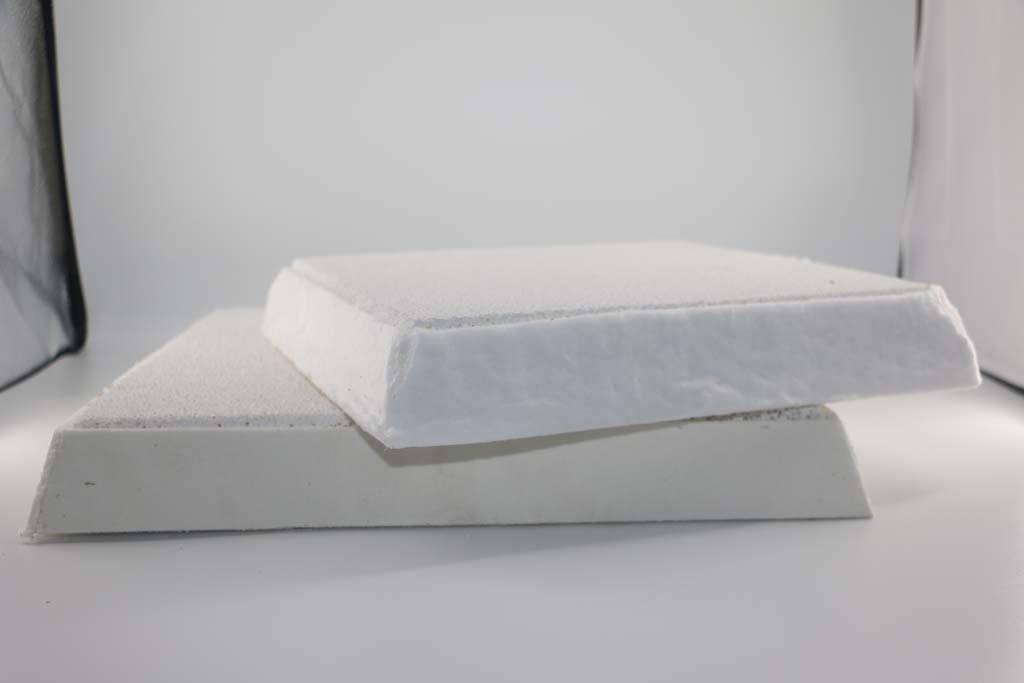
Ceramic Casting Filter can remove the non-metallic inclusions in the aluminum alloy melt. It is treated with flux in the furnace. The ceramic foam filtration technology outside the furnace has become an important method for the purification of molten aluminum.
Ceramic Casting Filter is specially designed to produce high-quality cast products in aluminum casting workshops. It can reduce waste caused by impurities, reduce costs due to impurity defects, achieve faster extrusion or hot rolling speeds, increase productivity and easy replacement alloy. No need to retain metal to increase casting flexibility.
What is the strengthening mechanism of aluminum melt, the nature of fine-grain strengthening and its influence on the strength and plasticity of the alloy
Answer: Mechanism: fine grain strengthening, solid solution strengthening, aging strengthening, dispersion strengthening, deformation strengthening
Essence: increasing grain boundaries can provide plasticity and strength
Effect: When the strength increases, deformation strengthening and particle strengthening will increase plasticity
When the strength increases, solid solution strengthening can maintain a good level of plasticity
When strengthening the grain boundaries, the grains are refined to increase strength and plasticity.
A large amount of aluminum scraps are generated during the production of automotive aluminum alloy parts. The usual processing method of aluminum scrap is smelting and recycling. At present, traditional smelting and recycling use natural gas burners for heating. Double filter aluminum slag.
When cutting metal castings, the chips account for about 20% of the weight of the casting, up to about 30%. The aluminum scraps in the product recovery process can reduce production costs and have good economic benefits.
The purpose of waste aluminum pretreatment technology is to realize the mechanization and automation of waste aluminum separation, remove metal impurities and non-metal impurities to the greatest extent, and effectively separate waste aluminum.
The ideal way to classify waste aluminum is to classify waste aluminum into several categories based on the main alloy components, such as alloy aluminum, aluminum-magnesium alloy, aluminum-copper alloy, aluminum-zinc alloy, aluminum-silicon alloy, etc.
This can reduce the difficulty of removing impurities and adjusting the composition in the smelting process, and can comprehensively use the alloy components in the aluminum scraps, especially the aluminum scraps containing high zinc, copper and magnesium should be stored separately and can be adjusted. Smelting aluminum alloy. Ingredients of raw materials.

